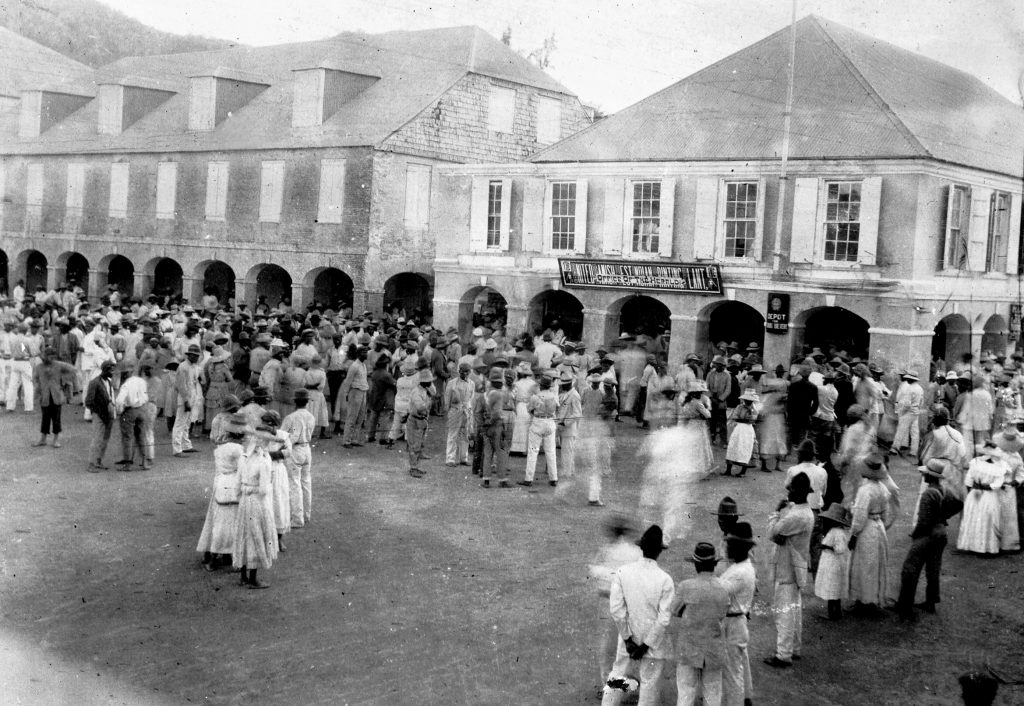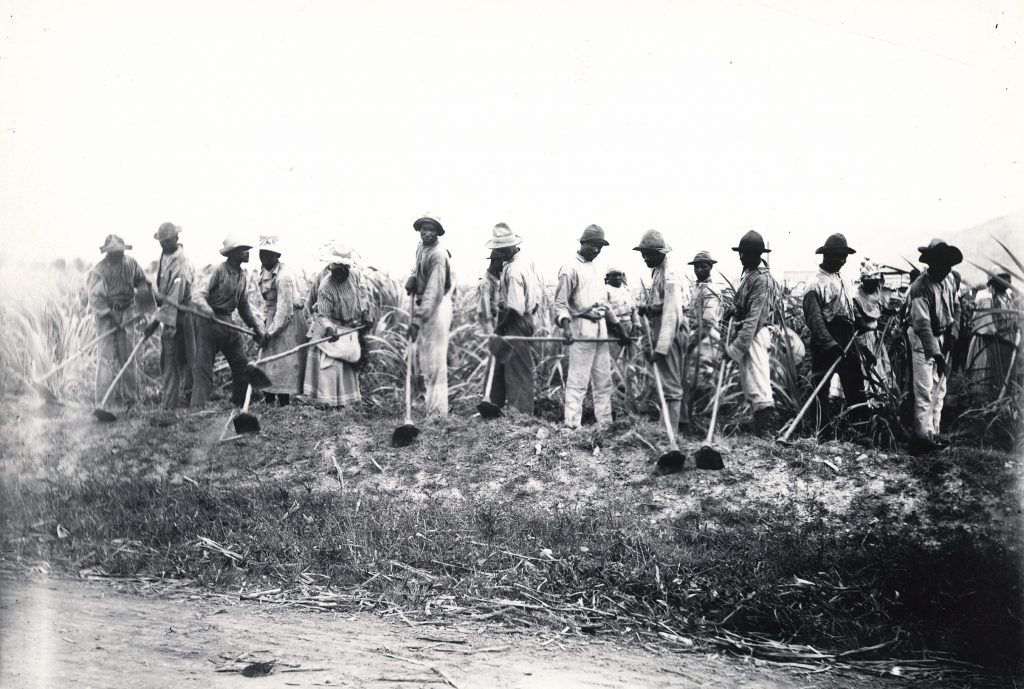
David Hamilton Jackson took part in the reform movement from a very young age, and he was the obvious candidate for the position as president of the Labour Union, which he started in 1915 together with such figures as Theobald Brow, Charles Reubel and Ralph de Chabert.
Successful general strike i 1916
The primary objective was to mobilize the many farm workers on the island in order to raise wages and improve working conditions and the Labour Union quickly gained wide support. At the beginning of 1916, it called a well-organized general strike among the workers and important results were gained after one month of action. They entered an agreement with the Planters’ Society, and the daily wages for a worker rose from a maximum of 25 cents to a minimum of 35 cents.
In the forefront
David Hamilton Jackson’s role in the forefront of the struggle for better conditions for the workers was not limited to his work in the Labour Union. At the same time he created the newspaper The Herald, which openly criticized the workers’ wretched conditions. In 1902 he was a signatory to the Native Insular Convention’s petition to the Danish parliament for better conditions for the population. He was also a member of the Christiansted Mutual Improvement Society, which, under the leadership of C. C. Canegata in Frederiksted, was a breeding ground of young men who were avid for reform.
